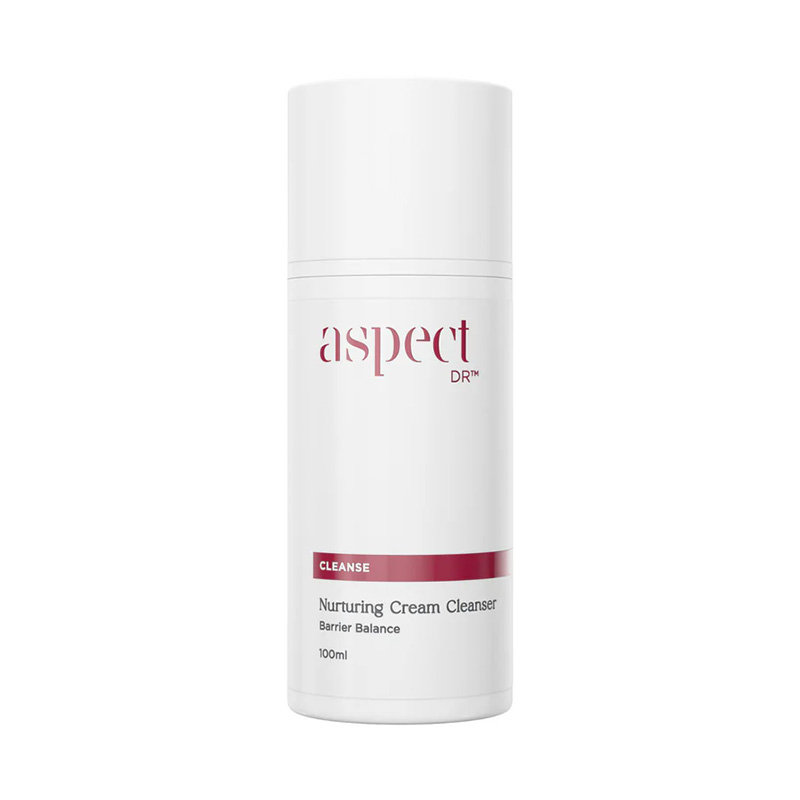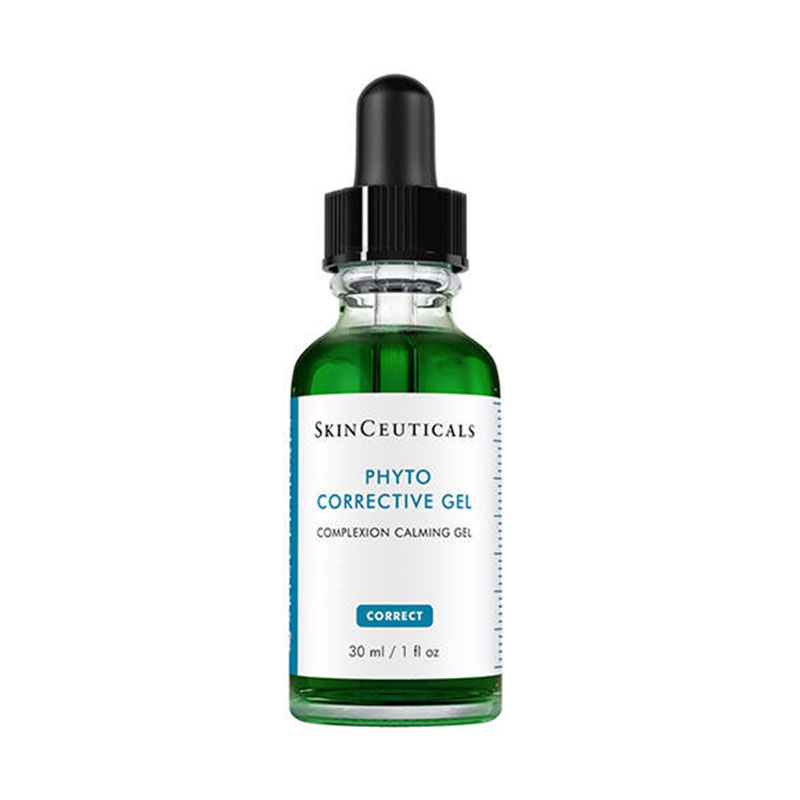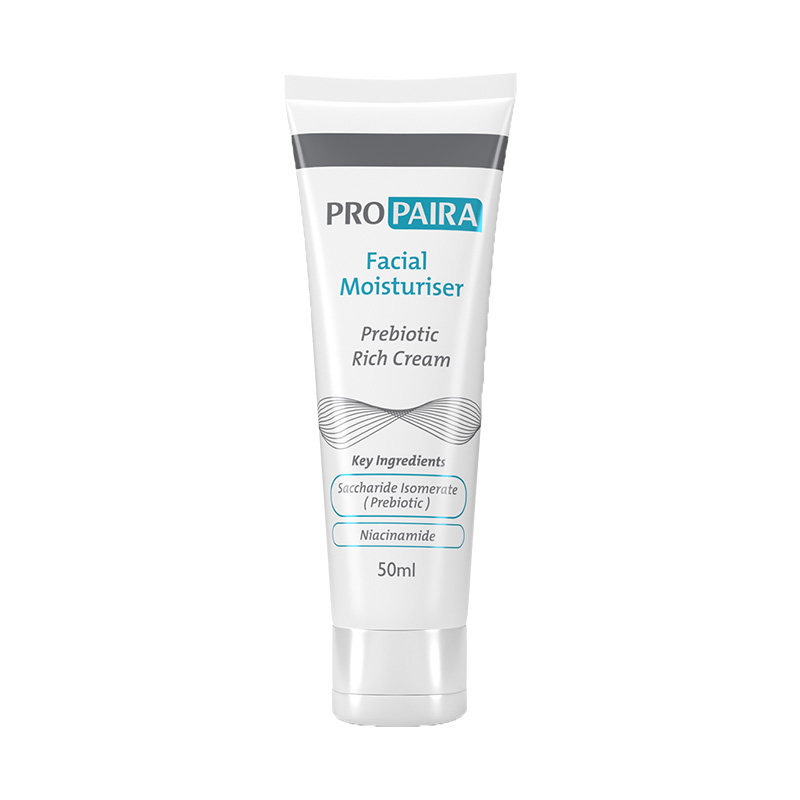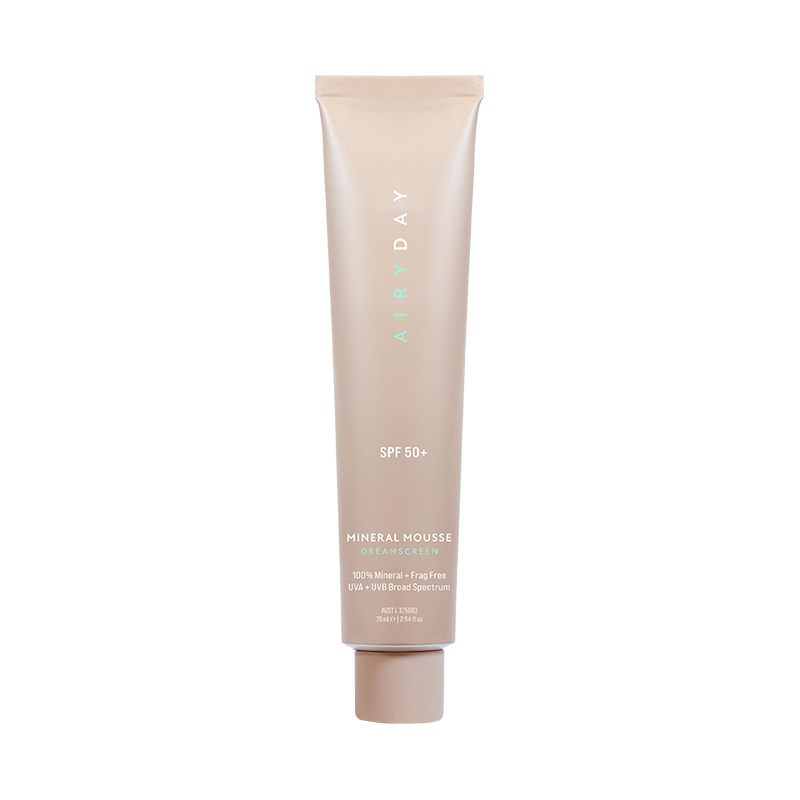Education
Sensitive Skin. Why It’s Not Actually a Skin Type.
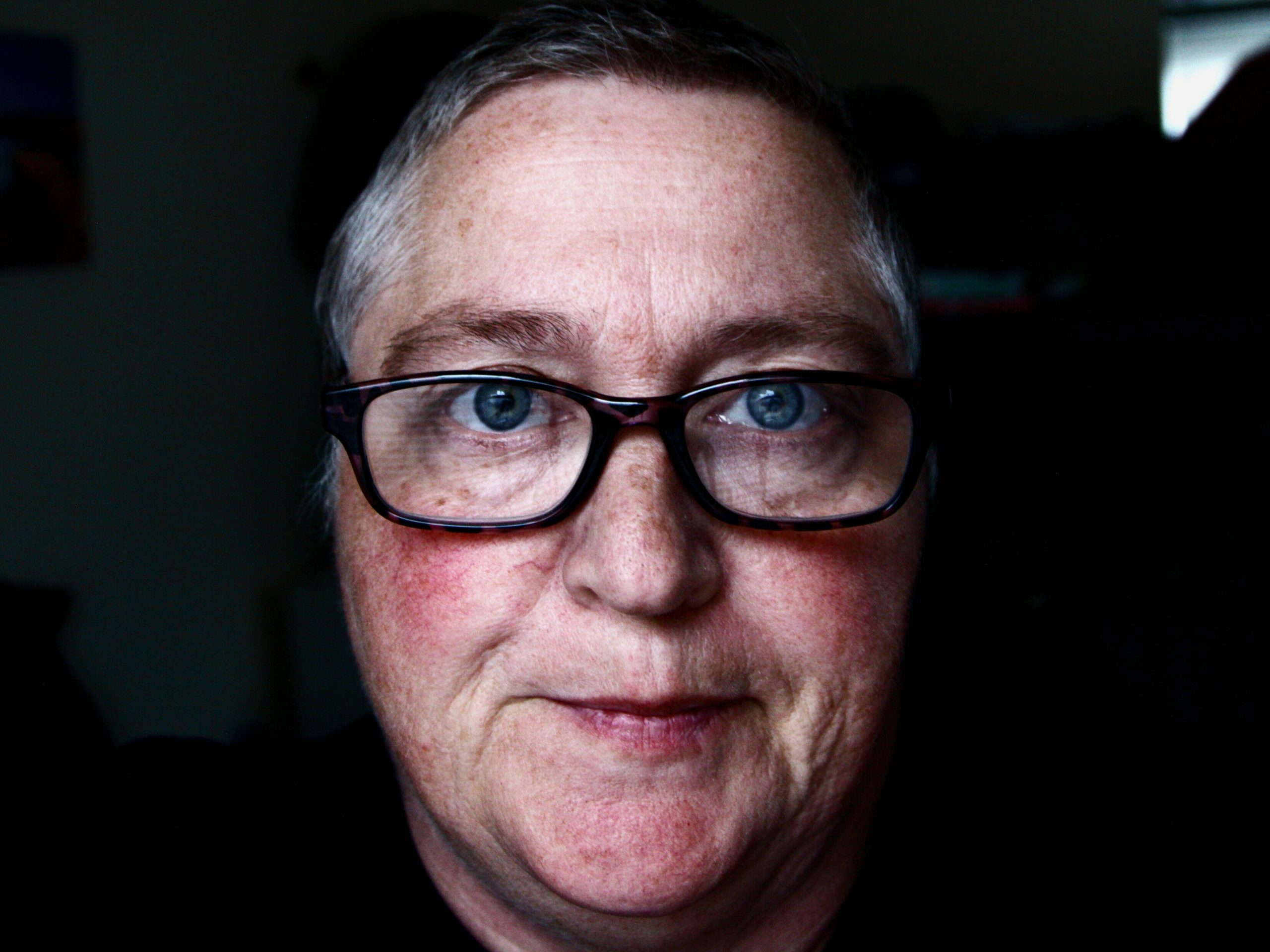
If you’ve ever described your skin as “sensitive,” you’re not alone. Many people do. It’s a term that gets thrown around in beauty conversations, skincare ads, and product packaging. But here’s the truth: sensitive skin isn’t a skin type, it’s a condition. And confusing the two can lead to mismatched products, misdiagnosed concerns, and a whole lot of skincare frustration.
What Is A Skin Type?
Your skin type is primarily determined by genetics, but other things do impact it such as age, climate, hormones and what you put on it.
The 4 common skin types explained.
Dry skin lacks oil and often feels tight or rough.
Oily skin produces excess sebum and may appear shiny or be prone to congestion.
Combination skin can be a bit all over the place.
Oily in some areas (typically the T-zone) and dry in others.
Or, it can start the day dry, but end it oily.
Or, it changes from day-to-day.
It’s one tricky customer!
Normal skin is balanced. Not too oily, or dry.
So, What Is Sensitive Skin?
Sensitive skin is a temporary or ongoing condition, not a fixed type. It’s a way your skin behaves in response to certain triggers, such as harsh ingredients, environmental factors, medication or even stress. It can affect people of all skin types.
Common signs of sensitivity.
- Redness or blotchiness
- Burning or stinging sensations
- Flaking or dryness
- Frequent irritation
- Reactivity to common skincare products or weather changes
What Causes Sensitivity?
Several factors can trigger sensitive skin and they can be very individual. However, there are some classic culprits.
Common skin triggers.
- Overuse of active ingredients like AHAs, BHAs, or retinol
- An allergy to an ingredient
- Environmental stressors like wind, cold, or sun exposure
- Skin conditions such as eczema, rosacea, or psoriasis
- Barrier damage, where the microbiome becomes out of balance and the skin loses its ability to protect itself properly
- Food intolerances
- Medication


Inflamed skin showing up as a flushed complexion
Defining Your Triggers
There are many different levels of skin sensitivity and just as many potential triggers. Understanding what makes your skin react is the essential first step toward building a routine that calms rather than aggravates your skin.
Script Tip: Know the Difference Between Sensitivity and Irritability.
Founder of Script Skincare Professor Greg Goodman AM, explains:
“Many people believe that their skin is sensitive, but what most of us really experience is short-term irritability, which occurs when adding a new or active preparation to our skin. This often requires a short period of adaptation, after which time the skin no longer feels irritable. Occasionally a product may need to be stopped altogether for the irritation to abate.”
“True sensitive skin only really occurs in those that have a skin disease such as rosacea or those who have an actual allergy to an ingredient.”
Understanding whether you’re dealing with temporary irritability, an underlying skin condition, or a true allergy is crucial because knowing your triggers means you can take steps to avoid them.


Inflamed skin shown under the VISIA skin analysis machine
How Do I Manage My Sensitive Skin?
The key is to understand what level of sensitive skin you have.
Sometimes the best way to solve the problem is to ask more questions. Our Script team are always ready to listen, visit them instore by finding your nearest location here.
And, our technology is designed to get to the root of your skin concerns and find products that actually work.
Take our online quiz today and discover your skin profile, your skin will thank you.
3 Levels Of Sensitivity
Script divides sensitivity into three levels, which helps match you with the right products.
And remember your skin isn’t sensitive by nature, it’s sensitive by circumstance. By understanding that sensitivity is a condition, not a type, and by identifying your triggers, you can restore balance and get your skin back on track.
Scripts sensitivity levels explained.
Level 1: Skin is not sensitive. Nothing to explain here, it is what it says on the box.
Level 2: Mildly sensitive skin. This category is for people who show irritation to strong, active ingredients and may need gradual introduction to mild cosmeceuticals.
Level 3: Highly reactive skin. This is for people who have a skin disease that makes most products intolerable such as rosacea. Or those that have regular and persistent flare-ups to most skincare.
For those with Level 3 sensitivity, your skincare routine may need to eliminate actives completely, or only reintroduce them in minimal, carefully chosen form like peptides or growth factors, which communicate with the skin without causing irritation.


